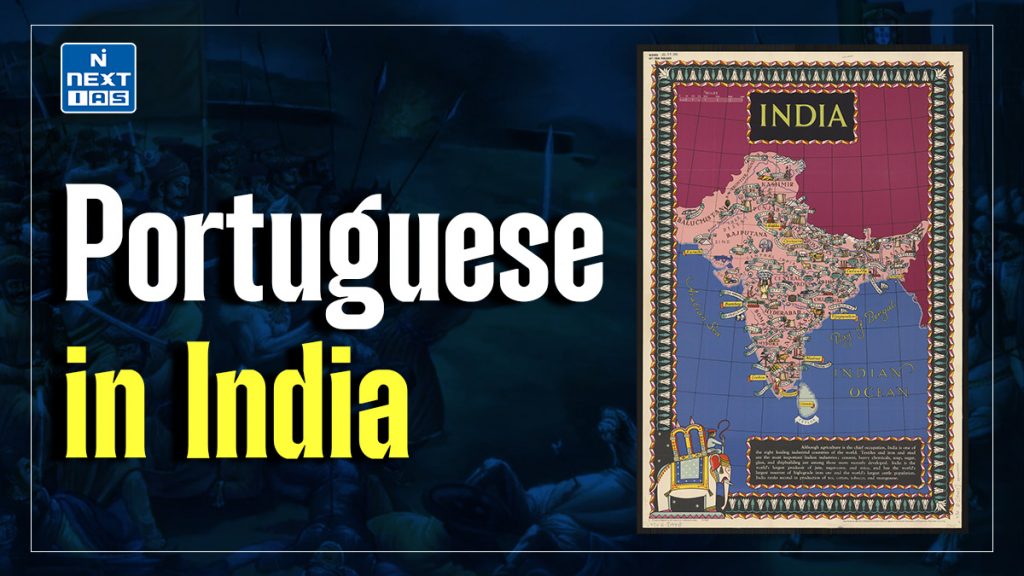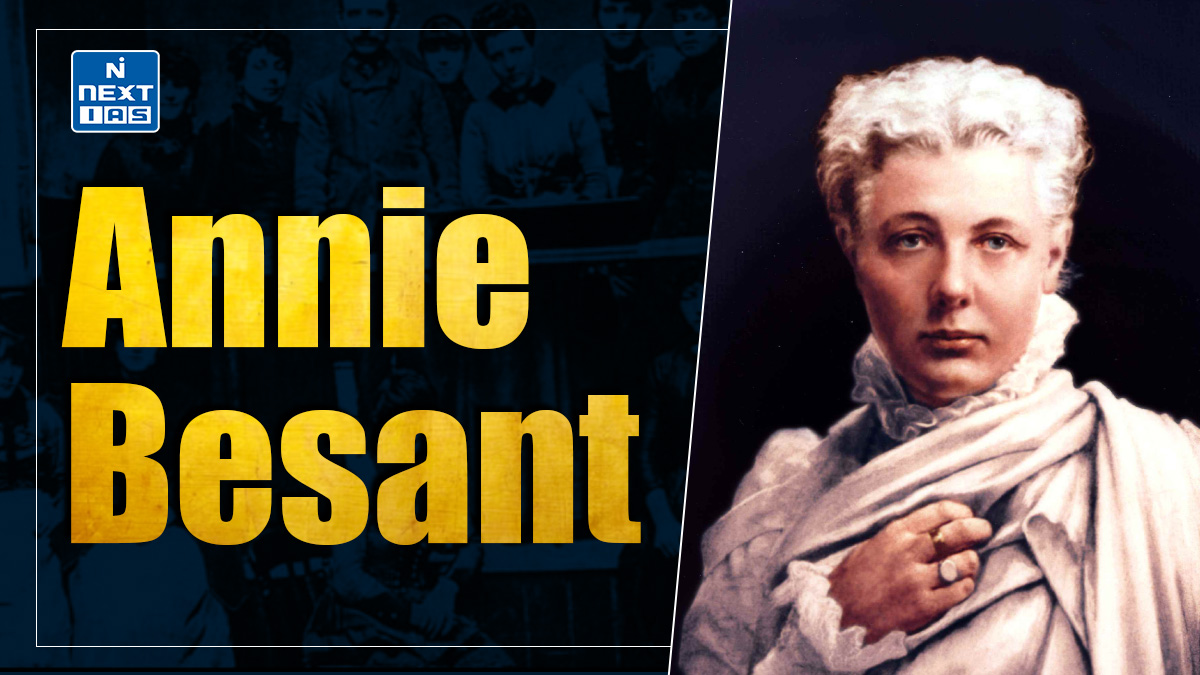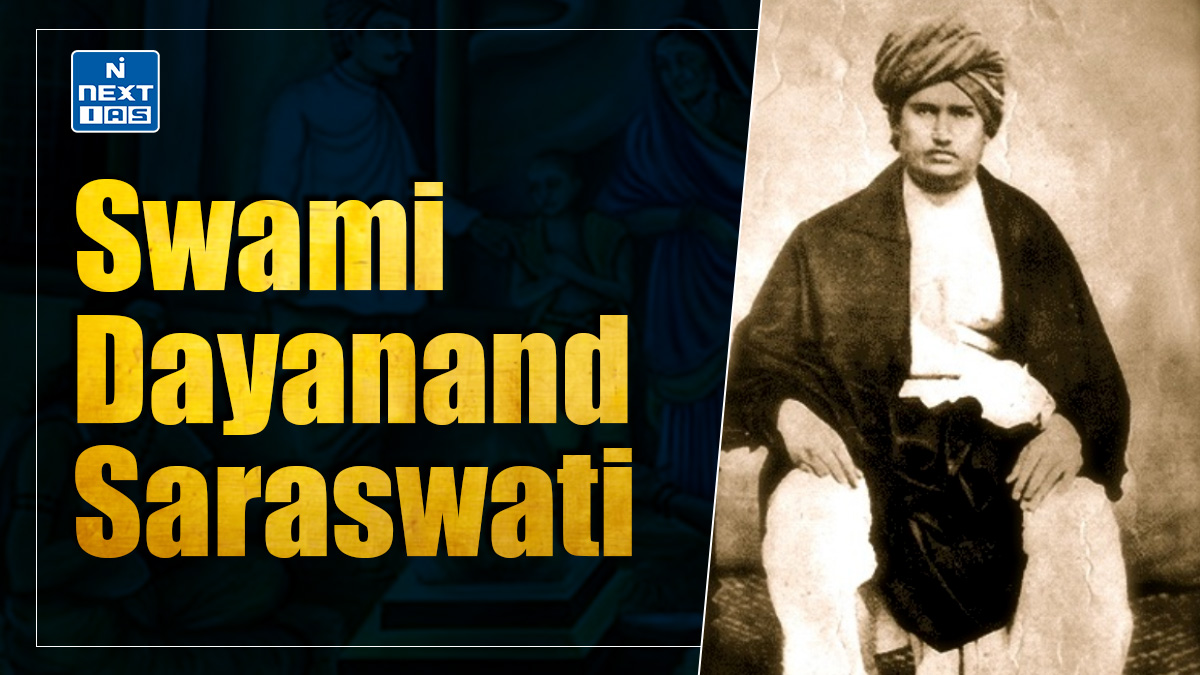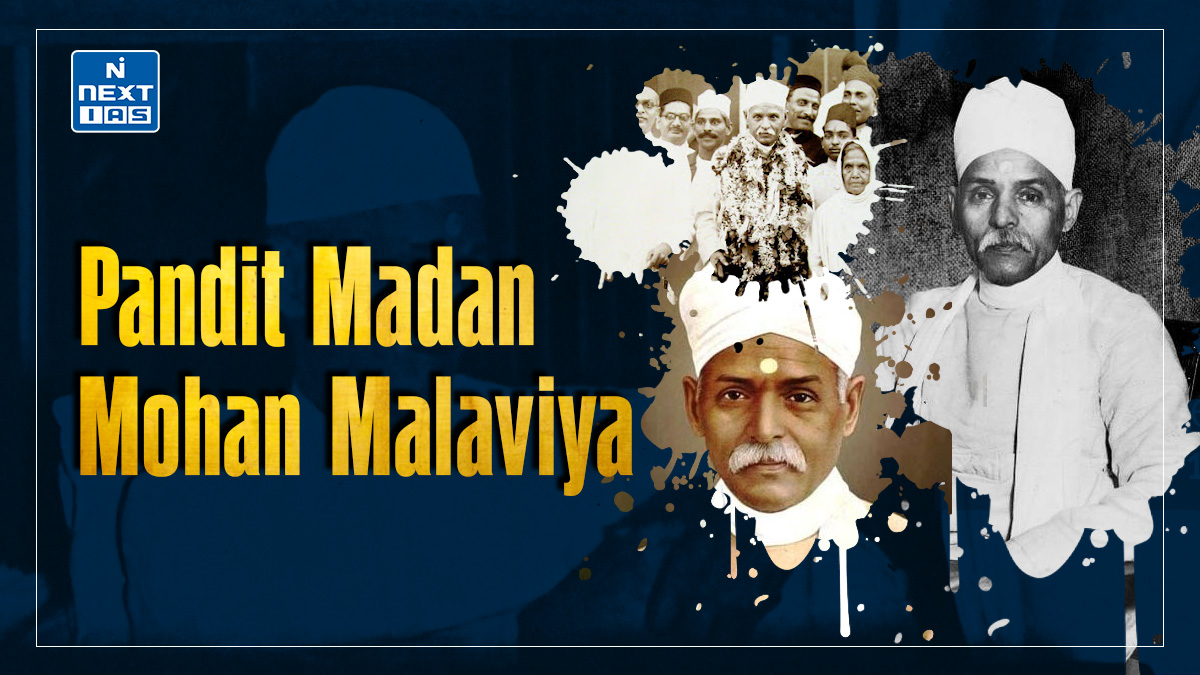
The Portuguese in India established their presence in India in the late 15th century, becoming the first European power to arrive and dominate maritime trade routes. Their influence marked a significant shift in global trade dynamics and initiated a wave of European colonial ventures in the Indian subcontinent. This article aims to study in detail the impact of Portuguese colonisation, their trading strategies, and the cultural exchanges that ensued during their time in India.
About Portuguese in India
- Vasco da Gama reached Calicut in 1498. Zamorin, the then-king of Calicut, welcomed him.
- He returned with a cargo sold for sixty times the cost of his entire expedition.
- After this, direct trade between India and Portugal grew, albeit slowly. Francisco De Almeida came to India in 1505 as the first Portuguese viceroy. Francisco De Almeida is credited with the ‘Blue Water’ policy, which states that the Portuguese should be the sole trade power in the Arabian Sea and Indian Ocean.
- In 1510, Albuquerque captured Goa from Bijapur. The Portuguese then established trading settlements at Cochin, Daman, and Diu.
- The Portuguese in India established their domination over the entire Asian coast from Hormuz in the Persian Gulf to Malacca in Malaya.
- They Portuguese in India almost monopolised the highly profitable Eastern trade for nearly a century.
Rise of Portuguese in India
- Early Mover Advantage: Being the first in India, Portuguese in India established their supremacy over the Malabar Coast.
- With Goa, Daman, Diu, and Cochin under their belts, it took them less than fifteen years to completely destroy the Arab supremacy of trade over the Indian coast.
- Spanish Renouncing of Interest in East: Spanish king Charles V renounced interests in the Indian Ocean area, giving the Portuguese a monopoly in the Eastern maritime empire.
- Shortsightedness of Mughals: Another reason for the rise of the Portuguese in India is that they did not have to face the might of the Mughals, as the Mughal empire was still in its formative stage.
- Moreover, when the Mughal Empire was established, it was not interested in developing the navy as its territories were not adjacent to coastal areas, and it was not keen on happenings in south India.
- Naval Supremacy: The Portuguese navy controlled the sea with superior navigational technology and arms, especially gunpowder.
- Strategic Presence: Albuquerque’s 1510 conquest of Goa, strategically located on the west coast of India, allowed the Portuguese to command and control Malabar trade and monitor the rulers’ policies in the Deccan.
- Cartaz System: The Portuguese rise in India could also be attributed to the Cartaz system, a license or pass system for ships sailing to destinations not reserved by the Portuguese.
First Factory of Portuguese in India
- The first Portuguese factory in India was established in Calicut (Kozhikode) on the Malabar Coast in 1500.
- Led by Pedro Álvares Cabral, the Portuguese secured permission from the Zamorin, the ruler of Calicut, to set up a trading post or “factory” for managing their spice trade operations.
- This factory marked the beginning of direct European trade in India, focusing on spices like pepper and ginger, which were highly valued in Europe.
Portuguese Decline in India
The causes of the Portuguese decline in India are as follows:
Political Causes
- Attachment to Spain: In 1580, Portugal became attached to the Spanish crown, which linked it to Spain’s declining fortunes.
- Aristocratic Dominance: Portuguese society was dominated by aristocrats. The merchants needed more social influence to mould state policy to their interests.
- Lack of Political Will: The Portuguese political masters were mainly concerned with establishing sea trading posts and not concerned with territorial expansion, thus making them vulnerable to attacks on their trading posts.
Social Causes
- Religious Conversions: The Portuguese were religious fanatics and resorted to forceful religious conversions in their spheres of influence. This led to a general sense of hostility among the locals against them.
Technological Causes
- Rise of Other Naval Powers: The rise of other naval powers, like the Dutch and British, increased competition on the naval routes, leading to armed conflicts with the Portuguese.
- Loss of Spain’s Naval Supremacy: In 1588, the British navy challenged and busted Spain’s naval supremacy. This was a big jolt to the Portuguese empire, which had been attached to the Spanish empire.
Conclusion
With all these developments, the Portuguese sphere of influence was reduced to Daman, Diu, Goa, East Africa, and Timor. In a way, the Portuguese became victims of their early mover advantage as they kept establishing only trading ports and made no significant territorial expansion to protect their interests.
Frequently Asked Questions (FAQs)
What did the Portuguese bring to India?
The Portuguese brought new crops such as chilli peppers, tomatoes, cashews, and tobacco to India, along with Western firearms, navigational techniques, and a direct sea trade route to Europe.
When did the Portuguese arrive in India?
The Portuguese arrived in India in 1498, with Vasco da Gama’s expedition landing at Calicut on the Malabar Coast.
Who laid the foundation of Portuguese power in India?
Alfonso de Albuquerque laid the foundation of Portuguese power in India by capturing Goa in 1510, making it the capital of Portuguese India.
Who was the first Portuguese Viceroy in India?
Francisco de Almeida was the first Portuguese Viceroy in India, appointed in 1505.






